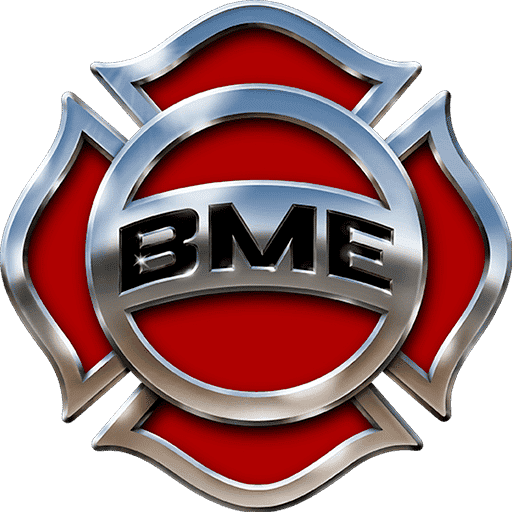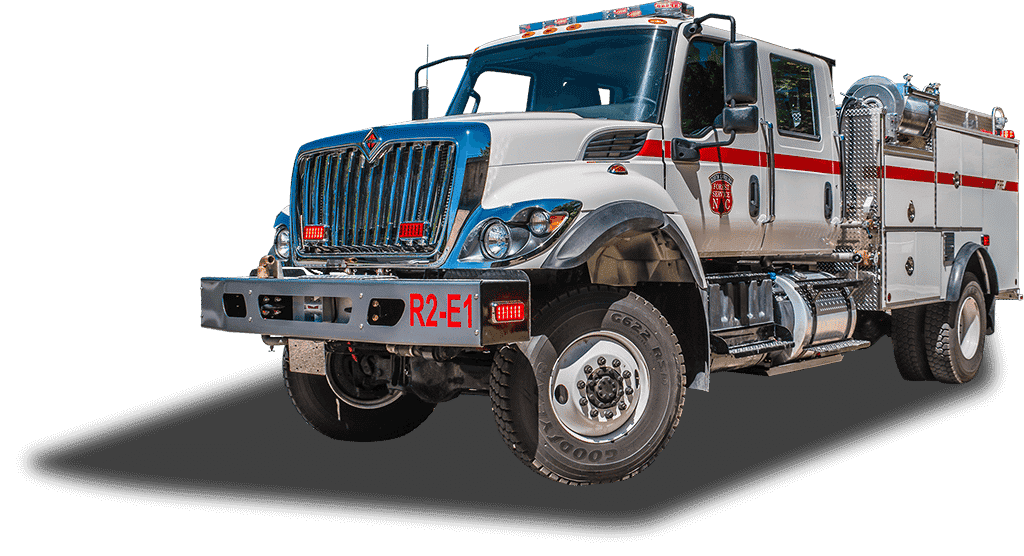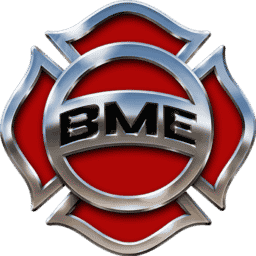Why Mudslides Occur After Large Wildfires Like the California Thomas Fire and How to Protect Yourself From Them
 In January of 2018, the relief from hazardous weather and extreme conditions did not appear to be in sight for residents of the Golden State. Devastating mudslides in California killed at least 20 people in early January in the coastal town of Montecito. Downed trees and power lines as well as cascading boulders made the task of getting to those needing assistance difficult. The excessive flooding and debris made air transport the only viable form of rescue. Helicopters loaned by Ventura’s Air Squad 6 dedicated were used to pluck more than 50 people from rooftops from parts of Montecito and Santa Barbara. As of mid-January, the relief and search effort numbered 3,000 workers from local, state and federal agencies, including the U.S. Coast Guard, the U.S. Navy and the American Red Cross. Details regarding the victims’ circumstances before the mudslides emerged from rescuers. As the saturated hillsides gave way, the torrent of mud, water, and other debris was said to have swept the casualties away while they slept. The mudslides were triggered by a powerful storm that hit the region along with mountainous areas that were stripped of vegetation burned bare by the gigantic December 2017 Thomas fire. Let’s take a look at how the wildfires that raged through the area late last year have made the mudslides more devastating.
In January of 2018, the relief from hazardous weather and extreme conditions did not appear to be in sight for residents of the Golden State. Devastating mudslides in California killed at least 20 people in early January in the coastal town of Montecito. Downed trees and power lines as well as cascading boulders made the task of getting to those needing assistance difficult. The excessive flooding and debris made air transport the only viable form of rescue. Helicopters loaned by Ventura’s Air Squad 6 dedicated were used to pluck more than 50 people from rooftops from parts of Montecito and Santa Barbara. As of mid-January, the relief and search effort numbered 3,000 workers from local, state and federal agencies, including the U.S. Coast Guard, the U.S. Navy and the American Red Cross. Details regarding the victims’ circumstances before the mudslides emerged from rescuers. As the saturated hillsides gave way, the torrent of mud, water, and other debris was said to have swept the casualties away while they slept. The mudslides were triggered by a powerful storm that hit the region along with mountainous areas that were stripped of vegetation burned bare by the gigantic December 2017 Thomas fire. Let’s take a look at how the wildfires that raged through the area late last year have made the mudslides more devastating.
HOW DO WILDFIRES LIKE THE THOMAS FIRE INCREASE THE LIKELIHOOD OF MUDSLIDES?
Every year after the fires in California are extinguished, residents brace for what is called mudslide season. The charred slopes are especially susceptible to mudslides during and immediately after major rainstorms. The Montecito area is prone to mudslides due to the highly active seismic movement that forces the surrounding mountains to rise rapidly. The rapid ascension causes the erosion of plant life designed to anchor the soil. The precipitous development of steep slopes already forces erosion at a greater pace than normal but the situation becomes dire when coupled with major events such as fire and higher than average rainfall. After a wildfire strips the vegetation from the land, the resulting barren slope is subject to mudslides for a few reasons. UCLA climate scientist Daniel Swain recently explained why the risk of mudslides is so much higher near wildfire burn scars than in other areas. “In these patches of particularly high burn intensity, nearly all vegetation was consumed by fire–leaving steep slopes completely devoid of soil-anchoring vegetation, and even modifying the underlying soils in a manner that creates a largely impermeable, waxy layer. This means that rainfall has a very hard time soaking into the ground—and is instead forced to immediately flow downhill as nearly instantaneous runoff.” What the impermeable land produces is called a debris flow. The term debris flow is made up of a mixture of ash, soil, rocks, and charred trees that have become freed to the land due to the lack of grasses or small shrubs to hold them in place. Considering the condition of the slope and adding intense precipitation can cause whole hillsides to be swept away and free to rush downhill with the consistency of wet cement. Immediately after the initial debris flow caused by substantial rainfall residents are still at risk of landslides that occur in deeper layers of the earth. This type of slide occurred in Los Angeles in 1998 when delayed mudslides destroyed several houses and forced evacuations five days after the rain had stopped according to the California Geological Survey (CGS).
WHAT CAN YOU DO IF YOU’RE IN AN AT-RISK AREA?
Chances are if you live in the coastal areas of California you are not a stranger to mudslides and other natural disasters. According to the CGS, more than 100 Californians have been killed by land and mudslides during the last 25 years. Most of these deaths were due to people being buried by debris flows as they slept in lower-floor bedrooms that were near hazardous slopes. However there are steps you can take that are recommended by agencies such as Cal Fire to protect yourself before, during, and after these cataclysmic events occur. Before a Storm:
- Watch the patterns of storm-water drainage on slopes near your home, and note especially the places where runoff water converges, increasing flow over soil-covered slopes. Watch the hillsides around your home for any signs of land movement, such as small landslides or progressively tilting trees.
- Contact your local authorities to learn about the emergency-response and evacuation plans for your area, and develop your own emergency plans for your family.
During Heavy Rainfall:
- Stay alert and stay awake! Many debris-flow fatalities occur when people are sleeping. Listen to a radio for warnings of intense rainfall. Be aware that intense short bursts of rain may be particularly dangerous, especially after longer periods of heavy rainfall and damp weather.
- Listen for any unusual sounds that might indicate moving debris, such as trees cracking or boulders knocking together. A trickle of flowing or falling mud or debris may precede larger flows. If you are near a stream or channel, be alert for any sudden increase or decrease in water flow and for a change from clear to muddy water. Such changes may indicate debris-flow activity upstream, so be prepared to move quickly. Don’t delay! Save yourself, not your belongings.
What to do if you suspect imminent landslide danger:
- Get out and contact your local fire, police, or public works department.
- If time permits, inform affected neighbors.
PROTECTING AMERICAN FIREFIGHTERS FOR OVER 25 YEARS
For over 25 years, Boise Mobile Equipment has served our nation’s fire fighters by engineering state-of-the-art fire engines. The safety of our nation’s firefighters is our number one priority, so BME fire apparatus are built to protect fire crews by shielding them from the lethal elements they encounter when battling fires. Our fire trucks are engineered for rugged off-road terrain, built with reinforced TIG-welded aluminum tubular bodies and are tilt-tested to withstand horizontal grades of more than 32 degrees. BME fire trucks are trusted by fire service organizations like CAL FIRE and the USDA Forest Service, as well as numerous municipal fire departments across the country. In fact, many of our apparatus were used to help battle the recent ‘mega fires’ in California, Montana, Oregon and Idaho. Our engineers and mechanics are highly trained, allowing them to manufacture custom vehicles built to any specs. We understand that one size does not fit all in the fire industry, as every department and organization needs different equipment to do its job. That’s why we are known for our ‘built-to-spec’ manufacturing process. Rather than the traditional ‘cookie cutter’ manufacturing process where each truck is built the same and additional specs are charged as add-ons, BME builds each of its vehicles custom to every department’s specific needs. BME’s recent contracts with Forest Service and CAL FIRE allow for tag-on’s that could make the purchase of your new apparatus faster, easier and far less costly. For more information regarding the purchase of a BME fire apparatus, please contact us by phone at (800) 445-8342.
Get in Touch
Fields marked with an asterisk (*) are required.



